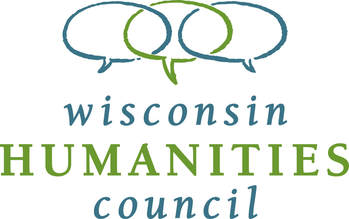Picturing Sherman Park
Sponsors: Wisconsin Humanities Council, David and Julia Uihlein Charitable Trust, Wisconsin Preservation Trust, Matthew Bohlman and the Finney Incubator Project, Buildings-Landscapes-Cultures, Randforce Associates Inc., American Folklife Center, Library of Congress, Office of Undergraduate Research, UWM Ronald E. McNair Postbaccalaureate Achievement Program, School of Architecture and Urban Planning, University of Wisconsin-Milwaukee Libraries. Sherman Park Community Association, Washington Park Partners of United Methodist Children’s Services; Ben Barbera and the staff at the Milwaukee County Historical Society, Tricklebee Cafe, Community Baptist Church of Greater Milwaukee, Men's Breakfast Group, Dominic Inouye, ZIP MKE, Midtown Partners, Southeast Asian Educational Development of Wisconsin, Inc.,

